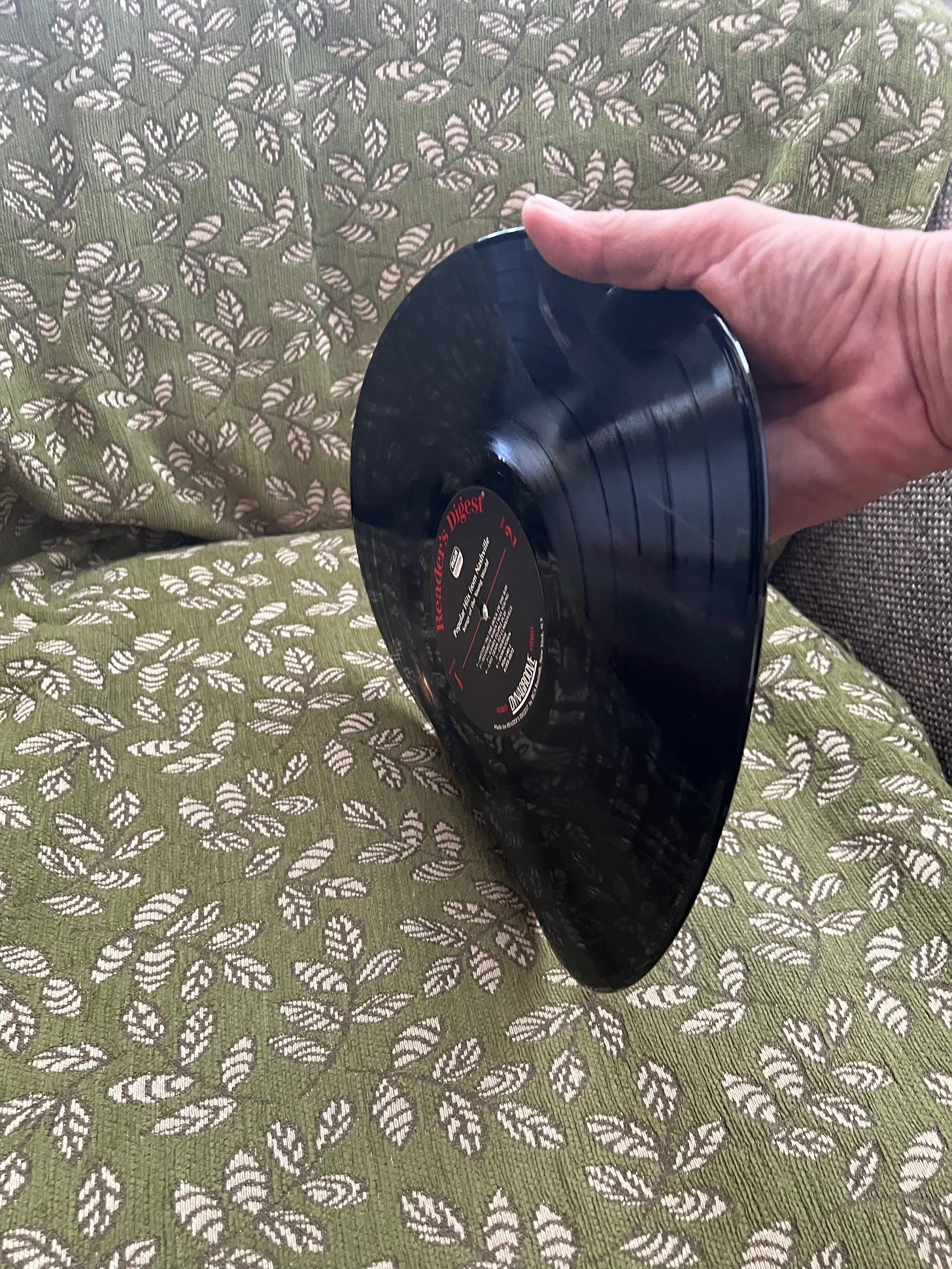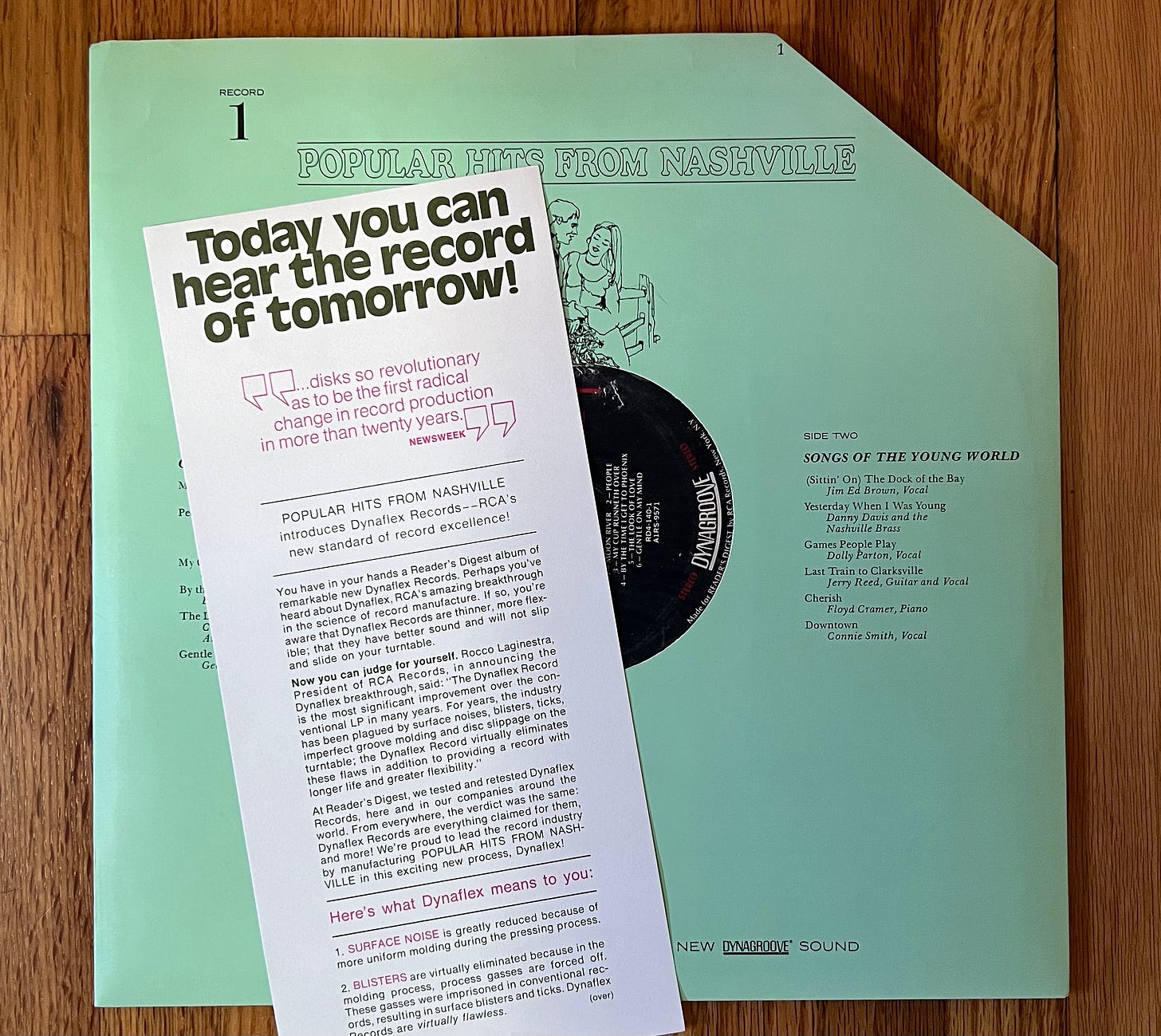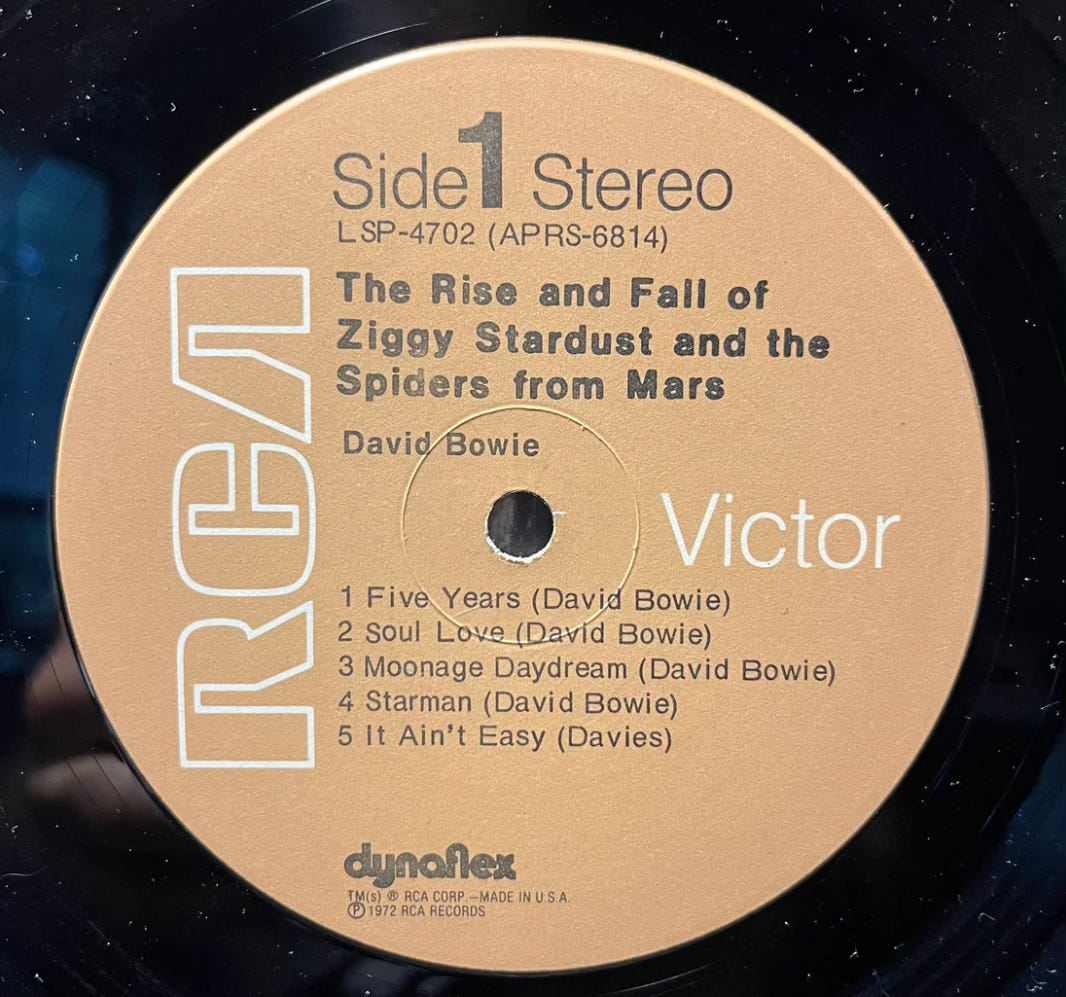How RCA Records’ Dynaflex was going to save the recording industry
The thin and bendy vinyl records were intended to save the company money and improve audio sound quality, but many audiophiles rejected them.
BY JIM HANCE
Dynaflex is a trademark for a thin, lightweight vinyl LP phonograph record introduced by RCA Records in late 1969. Rather than using the stiff plastic material used by conventional vinyl pressings, Dynaflex records used a softer, pliable formulation that allowed RCA to use less material, saving money and also making the record appear to lie flatter on turntables.

The typical “vinyl record” is actually made from vinyl: polyvinyl chloride, to be precise, which is a plastic commonly known as PVC. PVC is made from chlorine and carbon. The carbon is derived from petroleum, which was in short supply in the early 1970s, particularly during the 1973 oil embargo waged against the United States due to its support in the Middle East of Israel.
At the time, as a cost-cutting measure, most industry record pressing plants were using recycled or “reground” vinyl, taking old and unsold records, cutting out the center with the paper labels, then melting the rest down and reusing the material to make new records. Such “reground” vinyl records typically sounded much noisier and scratchier when played than a record made from new or “virgin” vinyl; collectors noted that records pressed from “reground” vinyl sometimes had small remnants of paper labels or other materials embedded in them.
RCA’s Dynaflex records varied somewhat in thickness, but many literally “flopped” back and forth when held between the hands. Some were so thin and flexible they could actually be bent nearly in half. This flexibility also gave them theoretically more resiliency in shipping, resulting in fewer returns from retailers due to breakage and cracks.

Opinions from record collectors and audiophiles have been divided as to Dynaflex’s sound quality. Some have felt that the sound quality actually improved due to the purer vinyl used and better processes for removing impurities in the vinyl compounds. Others have said that Dynaflex pressings were noisier and lacked bass frequencies compared to conventional records, and also had more “rumble” (low frequency noise) than conventional thick pressings. While RCA claimed that Dynaflex records were less noisy and less susceptible to warpage and would last longer than conventional vinyl records, some consumers (particularly classical listeners) derisively referred to the new product as ‘Dynawarp’ because of evidence that Dynaflex records were prone to warp on dealers’ shelves just from the pressure of the shrinkwrap on the album jacket. Some critics charged that Dynaflex was nothing more than a ploy devised by RCA to save money by using less vinyl than in traditional, thicker records.
One blogger at djtees.com likes the bendy records: “RCA had a good reason to do this. First, oil prices were going up and making vinyl more expensive. Second, they knew that if the vinyl they used was pure, it would sound as good or better than traditional vinyl, which was often made out of recycled unsold records and thus contained impurities. [Third], it meant they were lighter to transport, package and store. Dynaflex meant lower shipping costs, reduced storage space and less expenditure on resources. It also cut down on rejected records due to warping. I mean, you just couldn’t warp something that was so flexible. From 1969 to 1980, RCA churned out Dynaflex records. Not all releases were printed on it and how they decided which ones should be, I’m not sure. But there are millions of them out there, to this day. No other companies really followed suit but was that because it was rubbish?

“I don’t think so. I have the Ziggy Stardust record on Dynaflex and on more traditional heavier vinyl and I can’t tell the difference. Some say it made for a thin sound. Some hated it. But on my system Dynaflex certainly isn’t inferior; in fact, it might be a bit louder and crisper. The only reason it seems to have been largely discontinued in 1980 (though some of it kept leaking out until the late 80s as they used the ‘biscuits’ up) is because people kept being suspicious of it. It just didn’t feel substantial enough, regardless of sound quality. Mad as it may seem, something heavier feels more valuable.” (Note: a “biscuit” is a hockey-puck shaped piece of vinyl without grooves but with the labels already on it.)
The Dynaflex controversy followed another RCA controversy in the 1960s: the adoption of Dynagroove technology. In an effort to improve the sound reproduced by the conical stylus that was common on most record players in the early 1960s, RCA’s proprietary Dynagroove recording process was said by detractors to introduce “pre-distortion” into the mastering process, making the records sound worse if they were played on high-quality phono systems. Some of the advances in sound reproduction that RCA attempted to make in their Dynagroove vinyl records was quietly discontinued in the 1970s, and the name Dynagroove phased out and replaced with Red Seal and RCA Victor. But back to the Dynaflex story.
RCA Records apparently never fully implemented the use of Dynaflex, as regular thicker vinyl records continued to be manufactured; many titles issued by RCA were available in both Dynaflex and heavier vinyl pressings. Around 1974–75, RCA began to gradually reduce the number of Dynaflex records being manufactured and by the end of the decade they had apparently been discontinued entirely.
Compact Discs (CDs) were introduced in 1982, and by the end of the decade the market for vinyl records had been upended. The question of bendy vs. heavy vinyl records was pretty much put to rest ten years before the current millenium. The future media for music, we thought, would not have grooves in it at all.


